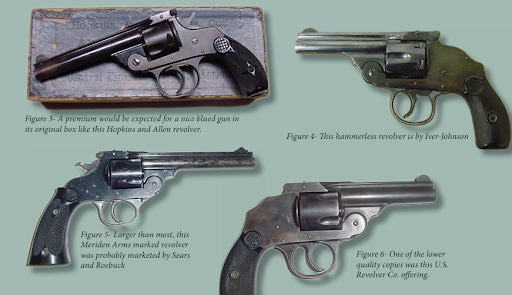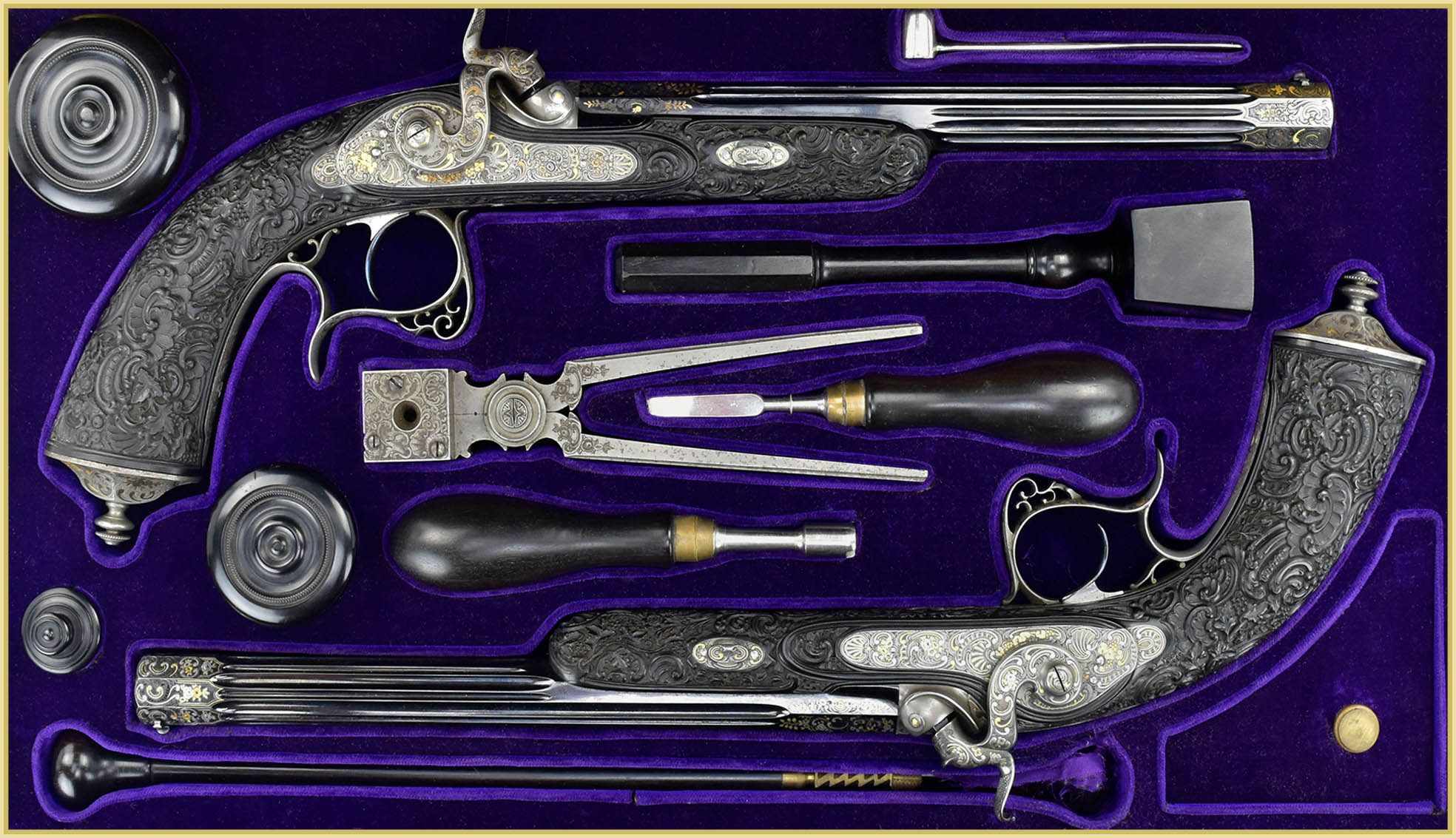Top-Break Double-Action Revolvers
In a world where collectible arms can reach six figures in value, there are, believe it or not, areas of collecting that are still affordable. This column will regularly feature areas of specialization that are InexpensIve, fun, challenging, and hIghly rewardIng in collector satisfaction.
Starting in about 1880, Smith and Wesson produced a series of top-break revolvers that were very popular. They ranged from spur-triggered single-action revolvers to inexpensive double-action pocket pistols in .32 and .38 calibers to the top-of-the-line single-action Schofield and American revolvers in .44 and .45 calibers. These revolvers should not be confused with the earlier tip-up revolvers in .22 and .32 rimfire calibers.
Like any successful and popular guns, they inspired a host of imitators. Companies like Marlin, Hopkins and Allen, Harrington and Richardson, Iver-Johnson, Columbus (the Baby Hammerless), Osgood, and other well-known companies hit the market with their own versions, most of which were offered cheaper than the S&W models. Many were of fairly good quality. Other, lesser-known companies like Otis Smith, Thames Arms, U.S. Revolvers, and others produced look-alikes, many of lower price and quality.
None of these guns are expensive, and many can be bought for under $100. Most are easily found at gun shows and in pawn shops. Almost all were manufactured prior to 1899 and so are classified as antiques. Like any collectible, condition will be a factor in pricing; it is especially important when buying pieces of this general type to look for guns in working order.
Actually, some of the lower quality pieces may be harder to find since they may not have survived as prized possessions, but the challenge is what collecting is all about!



